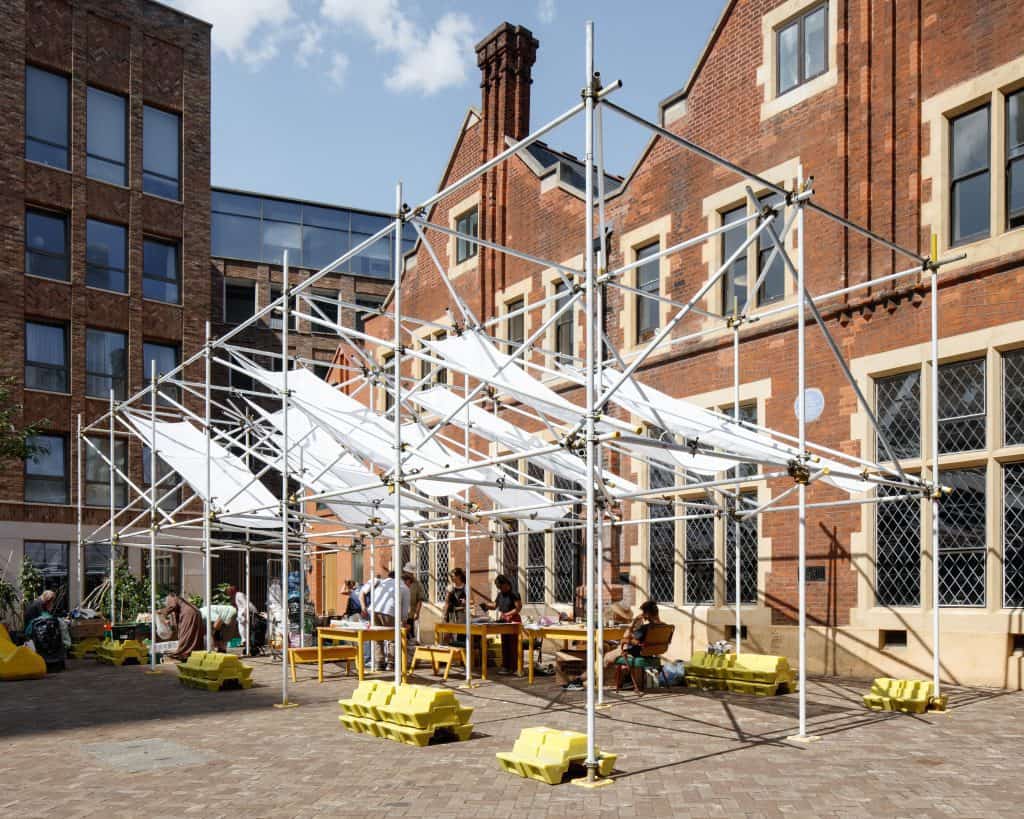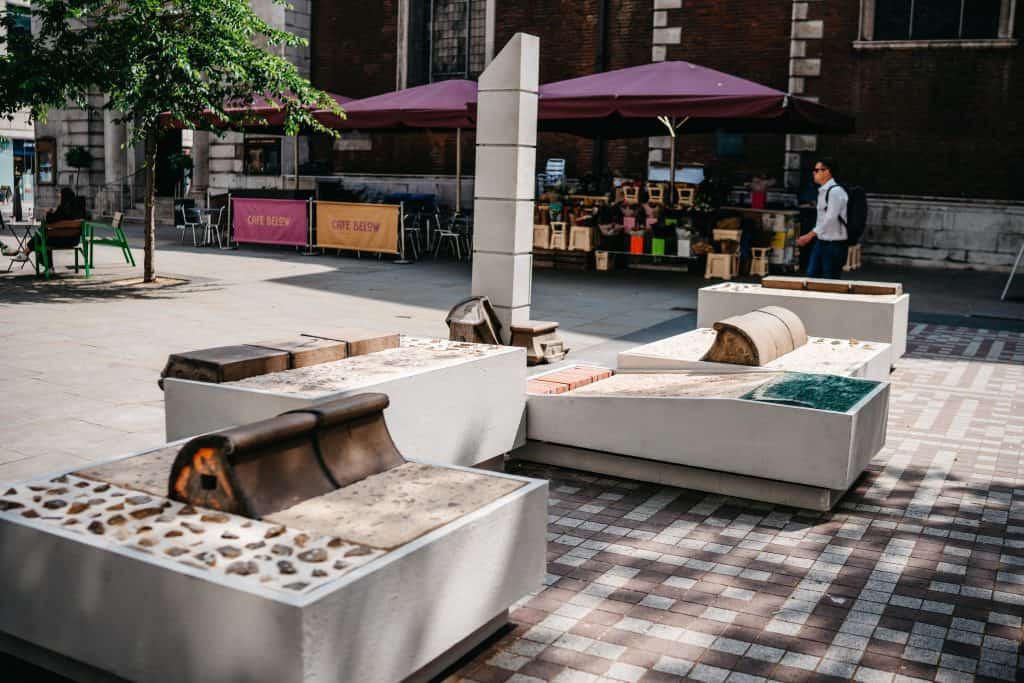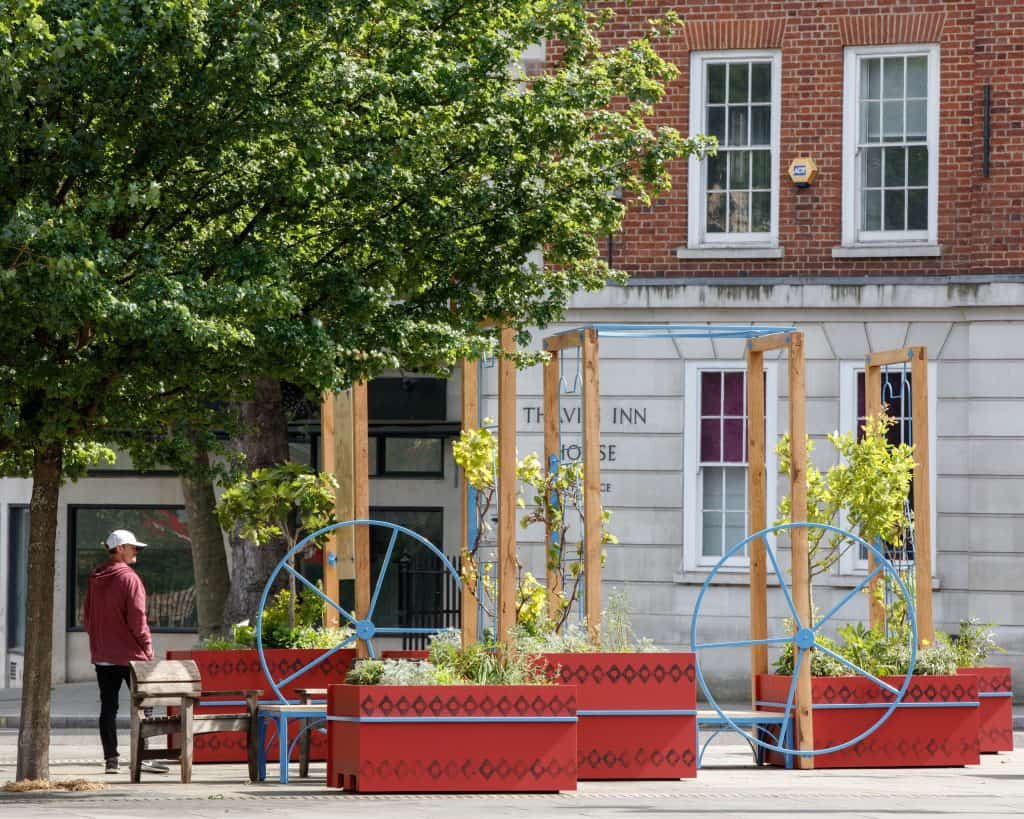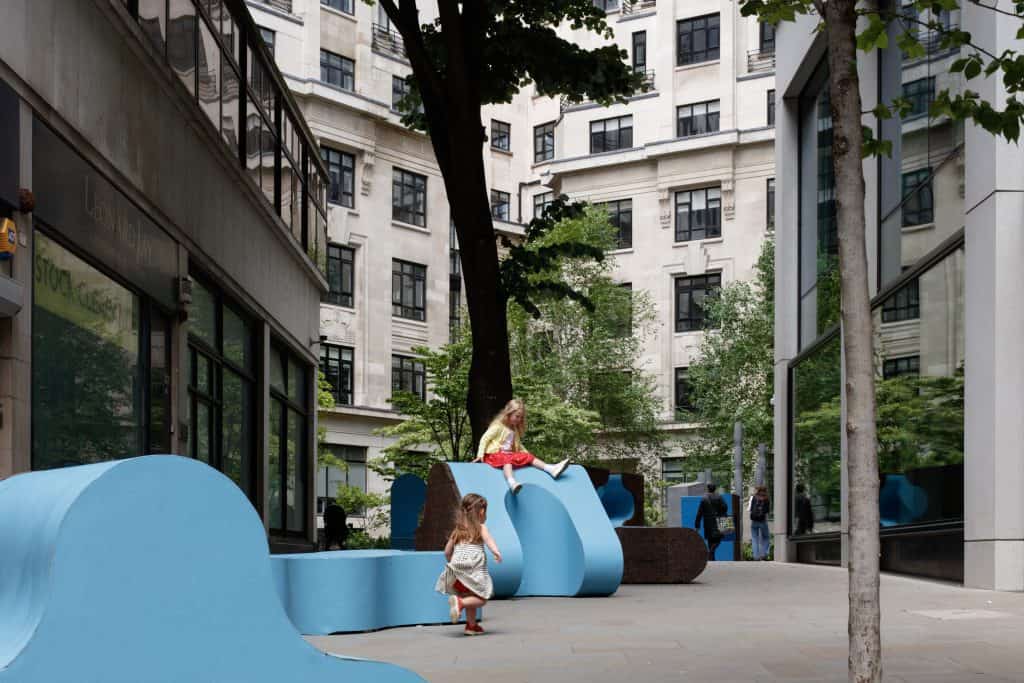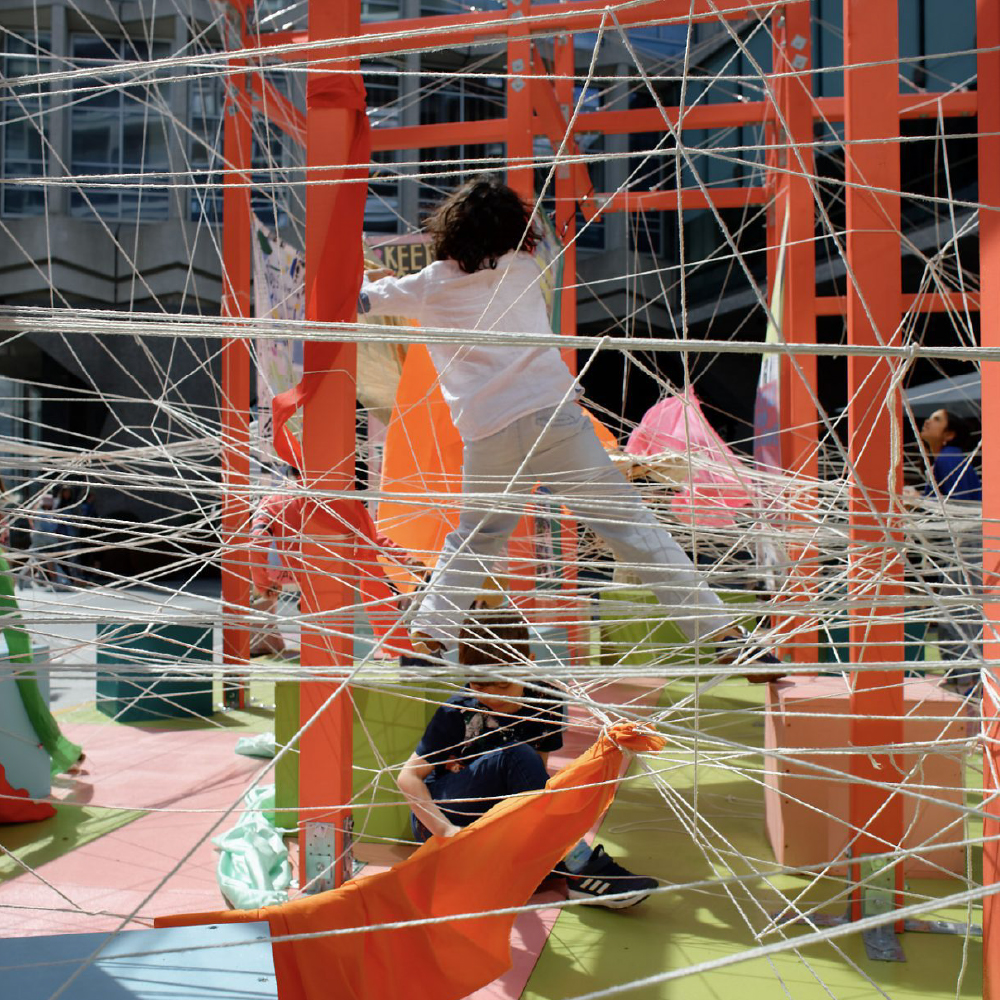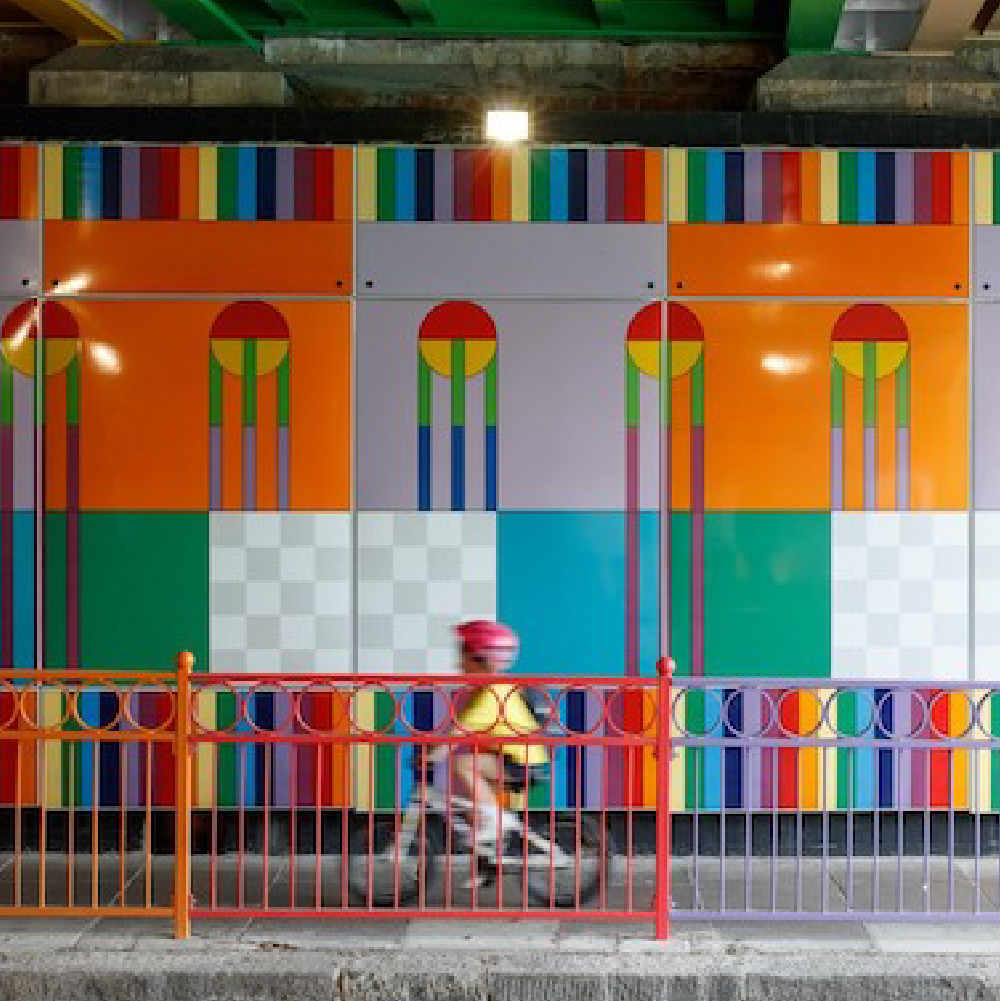A debate on the parameters for listing buildings was fittingly located in the Gladstone Library within the Grade I listed Royal Horseguards Hotel. The evening’s discussions centred on possible ways to determine listed status if a building’s merits can range from the physicality of its bricks and mortar to a spatial moment experienced within. The debates challenged the existing process and whether it has evolved so exponentially that the modern is now at risk of being pre-instilled as memory. Are we moving towards a pre-emptive listing?
The exclusive announcement of a new listing set discussions in motion, as John Outram’s postmodernist pumping station was awarded Grade II status. The panel for the evening consisted of Robert Bevan, architecture critic for the Evening Standard, Roger Bowdler, head of listing at Historic England, architect and eminent postmodernist Sir Terry Farrell and graphic designer and architectural collaborator Morag Myerscough. Chair and Guardian critic Oliver Wainwright opened by questioning whether, in selecting examples from a contentious movement such as Postmodernism, Historic England was merely catching up to current trends. Terry’s answering view that ‘it takes a while for taste and judgement to settle down’ acknowledged the platform for intense public debate which listing provides, but how this in turn can establish a new audience base for controversial architectures.
In listing the most accomplished examples of a movement, we could overcome the need for them to be deemed beautiful by the public collective. As Oliver posed, are we in danger of listing only what we like? The introduction of a public vote to listing proceedings was considered by the panel, with Historic England’s spokesperson conceding to the merits of increased public debate and the diversity this could foster. Enlisting public response heightens the iconic possibilities of structures, as Terry discussed the now-demolished Wembley Towers and their positions as authentic symbols of the London skyline and extraordinary representatives of British football.
As in the case of Outram’s new listing, how well a building survives becomes a hinge-point for establishing value. Aside from structural longevity, a building’s health was in turn attributed by the panel and participating audience to an association with a significant person, its evocation of a moment in time or the essence of its character. The difference between the need to conserve and the desire to preserve these aspects was raised, but if a building is truly valued it will be looked after, and will withstand the test of time. As Terry noted, ‘A well-loved cardboard house would last forever’, where even the ugliest building can extract beauty from its grateful beholder. On the wider city scale, Robert expressed a need to mediate between the ‘too safe’ conservative Westminster and the ‘too extreme’ City of London, and in the grey area between two extremes a progressive new urban grain could emerge.
Towards the end of the evening, the debate turned to the very room in which we were gathered, where the books inside the impressive library were revealed to be false. This raised the question of whether the audience members were happy to preserve the illusion provided it met their expectations of a given space. The panel acknowledged the difficulty in limiting the parameters for listing, and the ability of a building’s ethos to move away from the aesthetic towards the historic, social, or political. Morag emphasised the need for context to determine this answer, where demolishing the architecture can demolish the life which was held within.
Subjective by its very nature, architecture will always be divisive. However, by successfully employing objective reasoning there can remain a certain dependability to listing. The evening provided an opportunity for collaborative thinking between the panel and the audience, the breadth of topics covered forming a spring-board for re-thinking the intrinsic value we place on space. The debate closed by reaffirming a listing process which doesn’t prevent changes from occurring, but ensures the right changes are facilitated. With an outreaching fluidity to the process, listing could evolve from being a stopping point in time to being an opportunity for reconsideration and regeneration of a space whose significance collectively resonates.
Photo credit Donika Llakmani, Farrells


